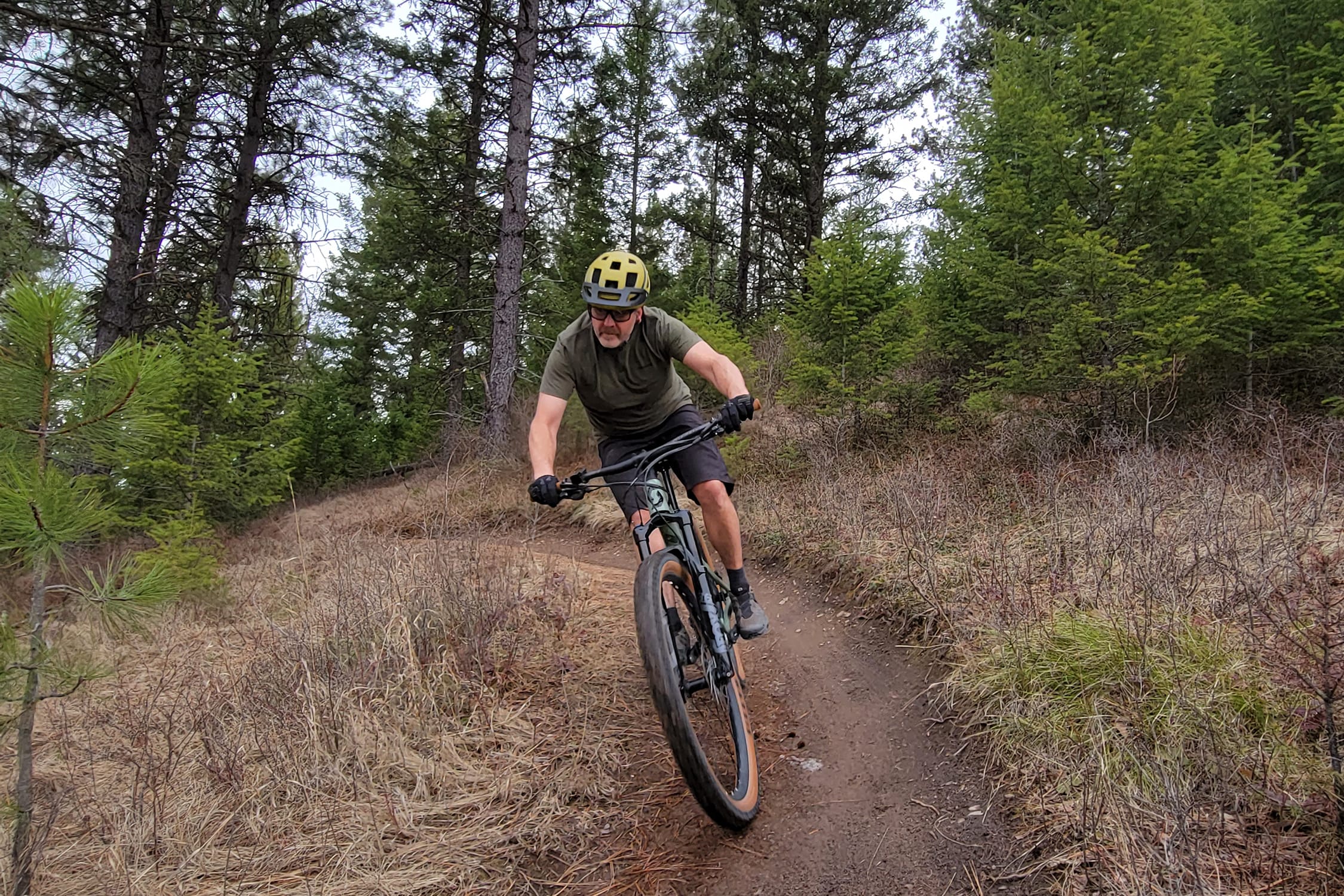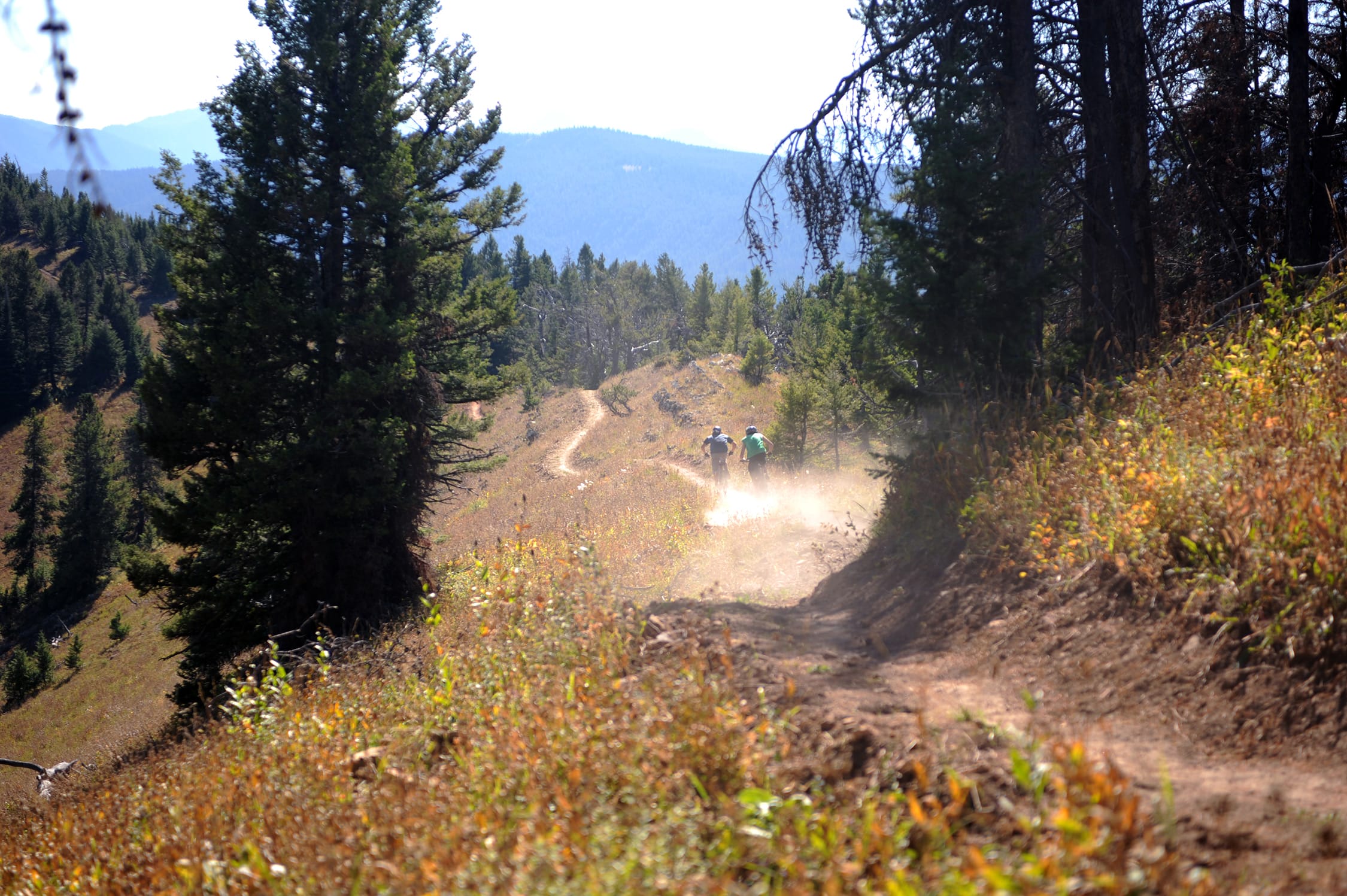Mitch Doherty is about as outdoorsy a Montanan as you can imagine. The 42-year-old conservationist and father of two actually hails from Wisconsin. But after getting a taste of Big Sky Country while working a summer job in college, he pulled up stakes and never looked back. “I fell in love with the landscape,” Mitch explains. “There are waterfalls and mountains and lakes. It’s both beautiful and accessible.”
A self-described “multiuse kind of guy,” Mitch divides his free time between mountain biking, hiking, rafting, backpacking, fly fishing, and hunting. “If I didn’t have a job, I would be out there checking more boxes,” he said.
Fortunately, his wife, Jennifer, and their young children also love the outdoors. To be sure, the couple instilled an appreciation for nature and wildlife in Gillian, 8, and Van, 10, from an early age. Forays into the wilderness from their home in Missoula are now an integral part of family life. “We get out and explore as much of western Montana as we can,” Mitch says. “Just about every weekend, we are out there whether the kids are excited about it or not. Some days it takes a little sweet-treat motivation, such as Starburst candies flicked out on the trail. But there is never a sad face at the end of the day.”
That natural beauty is now threatened—perhaps as never before. In recent years, landowners have put vast tracts of land up for sale amid an overheated real estate market. The pandemic has added fuel to the activity as second homeowners flock to Montana to grab their piece of Eden. Trust for Public Land, which has led conservation projects in the Northern Rockies for decades and protected public access to 600,000 acres in Montana, is now embarking on an ambitious plan to secure at least 200,000 additional acres over the next three years.

Mitch Doherty enjoys a favorite Montana pastime.
Photo: courtesy of Mitch Doherty
For Mitch, who is conservation director at the Vital Ground Foundation, a nonprofit that protects grizzly bear habitat, the threat of development is very real. Historically, many timber companies allowed the public to use their lands for recreation, whether hiking or hunting. But the sale of those forests—to either real estate developers or private citizens—could spell the end of what has been an informal (and critically important) arrangement.
“Unless you are in the know, you aren’t necessarily aware of what’s at stake,” he points out. “There are some serious threats with the real estate market right now.”
Trust for Public Land has recently negotiated dozens of conservation deals with timber companies and other landowners in which they agree to sell development rights and guarantee public access in perpetuity. Many more projects are on the horizon.
For recreationists like Mitch, the conservation of Montana’s monumental landscapes is important both practically—in terms of protected access—and emotionally. He describes the difference between gazing, say, at a ridge of land dotted with houses versus one that looks as it has for thousands of years. That’s true whether he’s on foot or afloat in a raft.
“Missoula is fortunate to have the confluence of the Blackfoot, Bitterroot, and Clark Fork Rivers,” he says. “There’s amazing access to these rivers. Some of the lands that Trust for Public Land is working to protect around Missoula face the Clark Fork River. When you float down the river, you look up at these lands and you don’t see reflections off windows or porch lights. You don’t hear dogs barking. It’s pristine.”
Donate today to support Trust for Public Land’s Forever Montana campaign and help protect public access to Big Sky Country.
He appreciates, too, the wildness and accessibility of trails he explores at least three times a week on his mountain bike. “We live in the Rattlesnake Valley, and there’s a trail that is a couple hundred yards from my house,” he explains. “I’m able to jump on my bike and head out the door and connect to trails that go for miles and miles and miles.”
Another favorite mountain biking destination is Lolo Trails, a 14,800-acre expanse of forest and streams south of Missoula that Trust for Public Land helped protect in summer 2021. Formally known as the Lolo Trails Landmark Project, the conservation deal permanently protected vital fish and wildlife habitat that connects to the adjacent Lolo National Forest and nearby Blue Mountain Recreation Area. It also ensures permanent public access—something Mitch greatly appreciates.
“We’re so fortunate to live here and sometimes we take it for granted,” Mitch says. “The work that Trust for Public Land is doing will solidify our future here in the West.”
Lisa W. Foderaro is a senior writer and researcher for Trust for Public Land. Previously, she was a reporter for the New York Times, where she covered parks and the environment.

